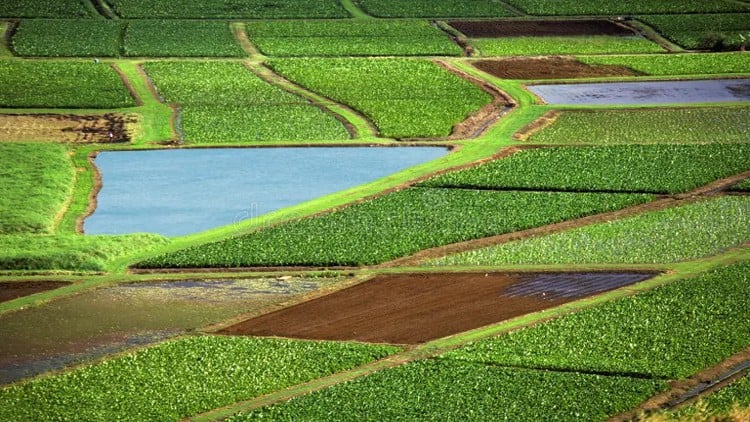Urban Farming Foundation
- Description
- Curriculum
- FAQ
- Reviews
- Grade

Urban farming gives people a chance to pursue their passion for agriculture who may not be able to move out of the city and buy a piece of land in the country. either for financial, logistical, or practical reasons. The food produce on urban farms can be sold at farmer’s markets, direct to restaurants or grocery stores, or through a community supported agriculture. There are some common approaches to urban farming such as vertical farming, hydroponic farming, aquaponic farming and shipping container farms etc. Let understand that when you buy a tomatoes or many other types of produce at the supermarket, you are getting something that was picked underripe. It is a necessity, since produce needs to ship across the country, and it can often take several days for it to pass through all of the distribution channels and arrive at it’s destination.
Urban farming create fresh produce closer to where it’s ultimately consumed. that means less food miles traveled, which is great for cutting down on carbon emissions to help fight climate change. Plant growth in urban areas takes different shapes and is governed by various factors, including landscape, geography, capital requirements, and plant kind. Food crops, fruits, plants, and flowers can be grown in pots, old tires, barrels, unused buckets shoes, watering cans, window boxes, or kiddie pools.
-
1Introduction
-
2What is urban farming
-
3Examples of urban farming
-
4Benefits of urban farming
-
5Challenges of urban farming overcoming barriers to success
-
6Urban farming versus vertical farming
-
7What task do urban farmers perform
-
8Urban farming crops to grow
-
9Inspiring world examples of urban farming








